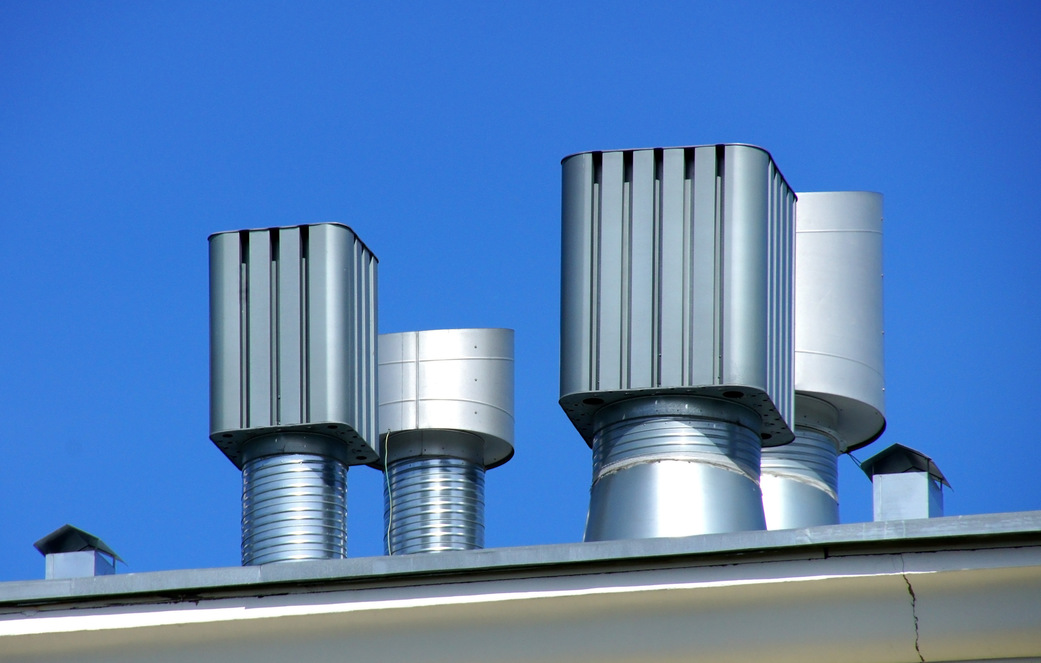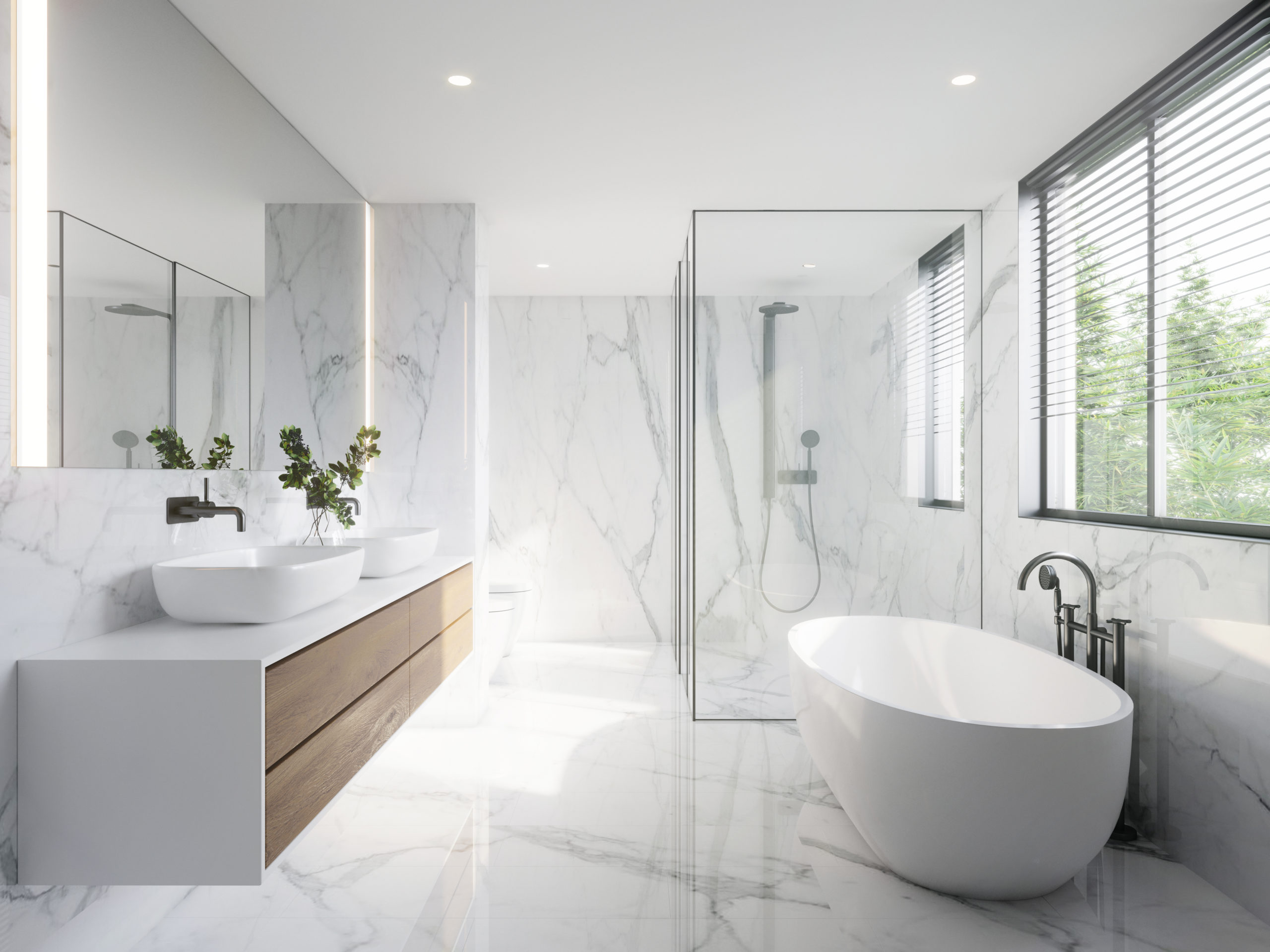The Benefits of Proper Ventilation in Your Plumbing System
The Benefits of Proper Ventilation in Your Plumbing System
Blog Article
The article author is making a few good annotation regarding Why Plumbing Air Vents Are Important as a whole in this great article directly below.

Appropriate ventilation in pipes systems is typically overlooked, yet it is vital for maintaining the capability and safety of your home's pipes. Air flow helps control atmospheric pressure, avoid the accumulation of harmful gases, and guarantee the efficient removal of waste. In this guide, we will certainly discover the value of proper plumbing ventilation, just how it works, and the benefits it offers your plumbing system.
How Air Flow Works in Pipes Solutions
Atmospheric Pressure Guideline
Correct air flow maintains well balanced air pressure within the pipes system. When water moves via pipes, it displaces air. Without sufficient air flow, this displacement can develop adverse pressure, resulting in slow down drains or siphoning of water from traps, which can create unpleasant smells to leak into the home.
Preventing Sewage System Gas Buildup
One of the most essential functions of pipes vents is to prevent sewer gases, such as methane and hydrogen sulfide, from collecting within the home. These gases can pose major wellness risks and are extremely flammable. Vent pipes allow these gases to escape securely outdoors.
Helping in Waste Removal
Ventilation aids in the reliable removal of wastewater by preventing airlocks in the water drainage system. When air can stream easily through the vents, it allows water and waste to move smoothly with the pipes, reducing the danger of clogs and back-ups.
Benefits of Appropriate Ventilation
Improved System Efficiency
Effectively ventilated pipes systems operate a lot more successfully, with fewer blockages, faster draining pipes, and less stress on the pipelines. This efficiency prolongs the life-span of the pipes system.
Improved Air Quality
By stopping sewage system gases from entering your home, correct air flow contributes to much better indoor air quality, making your living environment healthier and more comfortable.
Protecting Against Water Damage
Sufficient air flow aids stop water from being siphoned out of catches, which can cause sewer gases going into the home and causing water damages in time.
Steps to Ensure Appropriate Ventilation
Consulting Plumbing Codes
Always get in touch with neighborhood pipes codes when making or changing your pipes system. These codes supply the needed guidelines for proper venting and guarantee your system satisfies safety and security criteria.
Routine Assessment and Maintenance
Normal examinations can assist determine potential ventilation problems prior to they come to be major issues. Maintenance jobs, such as cleaning vent pipelines and looking for blockages, are necessary for maintaining the system in good working order.
Professional Installment
For brand-new installations or significant alterations, it's smart to work with an expert plumbing technician. They have the competence to make certain the ventilation system is correctly made and mounted according to code.
Comprehending Ventilation in Plumbing
Air flow in plumbing describes the network of pipes that permit air to flow via the drainage system. These vents offer multiple functions, including managing air pressure within the pipes, preventing sewer gases from entering the home, and assisting in the smooth circulation of wastewater.
Kinds Of Pipes Vents
Key Heap Vent
The primary stack air vent, likewise called the vent pile, is the primary air vent in a pipes system. It expands from the main drain align via the roofing, allowing gases to leave and fresh air to enter the system.
Branch Vent
Branch vents connect to the primary stack vent and serve specific fixtures, such as sinks, bathrooms, and showers. These vents make sure that each component has appropriate air flow to operate appropriately.
Air Admission Valve (AAV).
An Air Admission Shutoff (AAV) is a one-way shutoff that permits air to enter the pipes system without the need for a traditional vent pipe prolonging with the roof covering. AAVs are generally made use of in restorations or areas where setting up a standard air vent is impractical.
Indications of Poor Air Flow in Plumbing.
Slow Draining Fixtures.
If your sinks, tubs, or commodes are draining pipes slowly, it could be an indicator of poor ventilation. Insufficient air circulation can develop a vacuum effect, making it tough for water to drain properly.
Gurgling Sounds.
Gurgling audios coming from drains are frequently an outcome of air being sucked with water traps due to adverse pressure in the pipelines. This is a clear indication of not enough air flow.
Undesirable Smells.
Drain odors inside your home are a red flag that your plumbing system is not properly aerated. This can suggest that drain gases are not being appropriately aired vent outside, resulting in potentially unsafe problems.
Usual Air Flow Errors.
Poor Vent Sizing.
Making use of small vent pipes can result in poor air flow and stress discrepancies in the system. It's essential to make use of vents that meet the certain demands of your pipes system.
Improper Vent Placement.
Placing vents as well far from the components they serve can lower their efficiency. Proper positioning ensures that air can stream freely and effectively via the system.
Ignoring Code Demands.
Building codes supply details guidelines for plumbing air flow. Ignoring these codes can result in a system that fails to function correctly and may result in expensive repair work or health hazards.
Final thought.
Proper ventilation is an important element of any type of plumbing system, ensuring that it functions effectively and safely. By understanding the relevance of ventilation, acknowledging the signs of bad ventilation, and taking steps to keep your system, you can avoid pricey issues and secure your home's air high quality.
4 Things You Should Know About Your Plumbing Vents
What Plumbing Vents Are
Also called a vent stack, a plumbing vent is a vertical pipe attached to your drain line that runs through your roof. The plumbing vent pipe, or plumbing air vent, removes gas and odors from your plumbing system and allows fresh air to enter the pipes, helping the water to flow out of the drain pipes.
What Plumbing Vents Do
Plumbing vents have two basic functions. One of which is to allow unpleasant smelling wastewater and sewer gasses to escape your plumbing system instead of entering your home. Plumbing vent pipes are typically located on roofs, away from windows, to ensure the fumes exit the home completely.
The other function of the plumbing vent is to move fresh air into your plumbing system. This helps move water through every plumbing fixture in your house, like toilets and sink drains. Think of the way in which you need to let a little air into the bottle as you pour soda in order to make the drink flow smoothly.
Different Types of Plumbing Vents
True vent: This is the most common vent option. In simplest terms, a true vent is a vertical pipe attached to your drain line that exits through the roof. They often function as the main vent that other fixtures can connect to. Re-vent pipe or auxiliary vent: Attached to the drain line near specific plumbing fixtures, re-vent pipes run up and over to connect to the main vent. Common vent: Two plumbing fixtures installed on opposite sides of a wall are typically tied into the vent stack using something known as a sanitary cross. Wet vent: This venting option operates as a drain pipe and a vent at the same time. Wet vent drainage systems drain water from one fixture while venting the air from another. Although they’ve been used for over 100 years, wet vent systems have only recently been added to the plumbing code in many areas. If you’re planning on installing one in a bathroom remodel, make sure you check your local code prior to construction. Loop vent: For free-standing fixtures like kitchen island sinks, loop vents are ideal. These vent pipes run under the floor, rise from the P-trap, and create a loop inside the cabinet sink. Air admittance valve: An AAV is a one-way mechanical valve typically installed at the site of the plumbing fixture. AAVs allow venting to occur without having to tie into a larger venting system. They’re ideal for venting fixtures where you aren’t able to easily connect to an existing vent system. Common Plumbing Vent Issues
Although vent pipes typically don’t have water flowing through them, they’re still subject to many typical plumbing issues. For example, clogs are one of the most common problems associated with sewer vent pipes. If your vent pipe gets clogged, all of your plumbing fixtures tied into the vent stack will be affected.
A sink with a slow drain that bubbles and gurgles or a strong sewage smell around your toilet are both indicators that your toilet vent pipe is clogged. Because most vent pipes exit through the roof, old leaves, twigs or even a bird’s nest could be clogging the pipe.
Clogs in your vent pipe system cause a buildup of negative pressure, meaning that water won’t be able to flow out of your home very well. It’s similar to putting your finger over the opening of a straw to trap water inside. When you remove your finger, the water is able to flow out of the straw.
If you suspect you have any blockage in your vent, make sure you have a professional come examine the situation. Left unchecked, a blocked air vent can lead to other costly repairs, like leaks and sediment buildup.
Under Pressure
Pipe vents are essential aspects of a home’s plumbing system. Owning a home means learning about all sorts of things you never put much thought into before. But by understanding as much as you can about the important systems of your home, you can keep those budgets intact and those anxiety levels low.
https://www.homeserve.com/en-us/blog/home-improvement/plumbing-vents/

I found that blog entry on What Is A Plumbing Vent & How Do They Work? when perusing the web. Sharing is good. Helping others is fun. I am grateful for being here. Please come by our website back soon.
Call Today Report this page